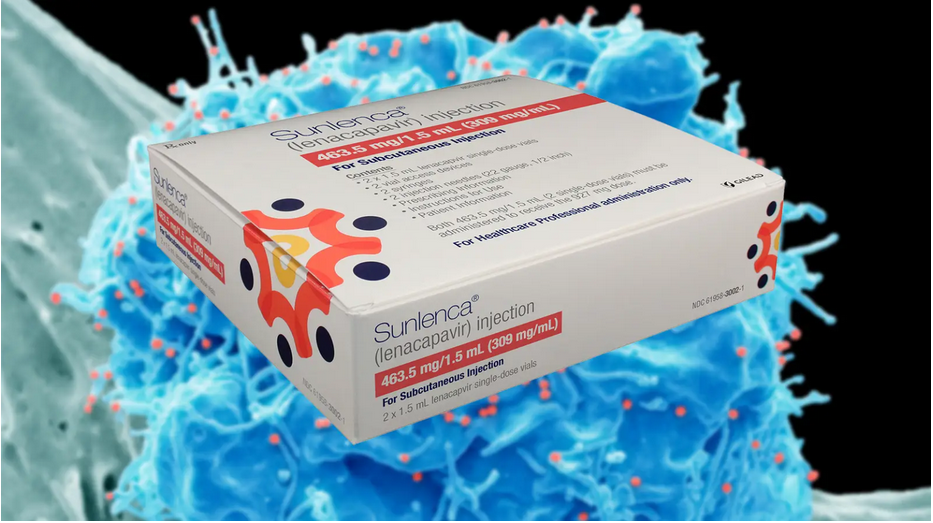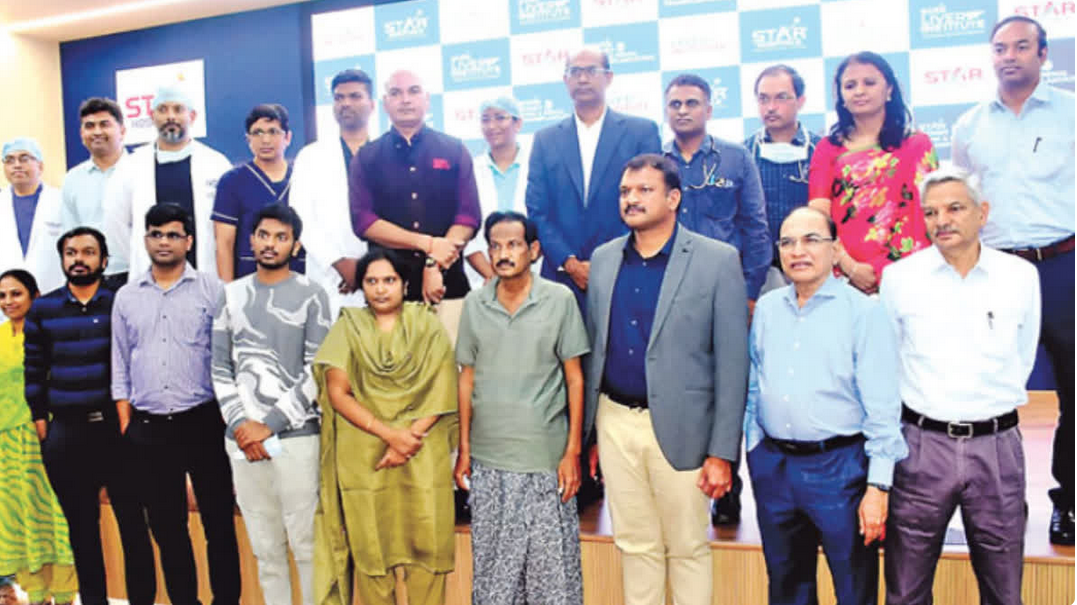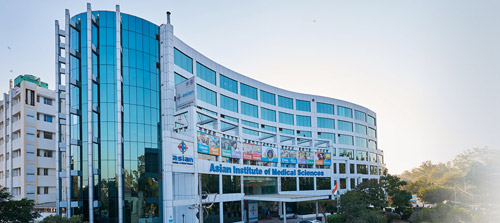Patient safety is the absence of preventable harm to a patient during the process of health care and the reduction of the risk of unnecessary harm associated with health care to an acceptable minimum.
Kruti Kadakia, Manager – Quality, Safety and Risk Management, Covance has experience of 13 years in various domains in the pharmaceutical industry with working knowledge in clinical and post-market pharmacovigilance for drugs, biologics, and medical devices.
Covance is a global CRO who has worked on all of the top 50 best-selling drugs available today.
Building a culture of Quality Care is the need of the hour and for the nation
Kruti sheds light on the importance of patient safety, ''Patient safety has always been priority, field of Pharmacovigilance has been developed over the decades to ensure the patient safety. The world history has witnessed the various pandemics in every century. So it’s just the limited time exercise, that the human race has taken the precautions and saved themselves. Building a culture of Quality care is the need of the hour and for the nation. The success to build a healthier nation lies in the patient safety and care. Catering to the need for the society and patient welfare is extremely important. We have various national, International organization and Accreditation bodies which focus on patient safety and in May 2019 adopted a resolution on Global Action on patient safety, thereby recognized patient safety as a global health priority and endorsed the establishment of World Patient Safety Day to be observed every year on 17 September, echoing that no one should be harmed in Healthcare.''
World Health Organization (WHO): clearly states “Patient safety is the absence of preventable harm to a patient during the process of health care and reduction of risk of unnecessary harm associated with health care to an acceptable minimum. An acceptable minimum refers to the collective notions of given current knowledge, resources available, and the context in which care was delivered weighed against the risk of non-treatment or other treatment.”
Safe healthcare worker, Safe patient
Kruti explains ''As a health care professional, counting the contribution specific to the individual is negligible, but working with the health care community on the various tasks simultaneously gives a better output towards the safe health workers. Safe healthcare worker means safe healthcare organization. Everybody’s life is important. Ensuring patient safety is a global concern, the same way health worker safety is of utmost importance. Safe healthcare worker means safe healthcare organization. For example, as observed in COVID, healthcare worker can be a doctor, a nurse, or the ward boy, they are the frontline warriors who have contributed to the treatment of the patients affected due to COVID, but if the same healthcare worker gets infected from the patient thereby affects other healthcare worker as and when comes in contact with them hence there are chances of cross-contamination. Thus, the theme of this year’s patient safety day is so appropriate “Safe healthcare worker, safe patient”.
Sharing her contribution towards quality care, Kruti says, ''The healthcare workers are among the first responders to any contagious and/or noncontagious diseases. So keeping them alert and aware of the possible risks is important. Our contribution towards safe health worker is:
- We provide all the risk minimization/mitigation strategy,
- Provide valuable knowledge based on experience and experiment.
- Also to make them physically ready for the situations by providing them the necessary tools (may include PPE, mask, and sanitizers) for their personal safety.
- Train and educate the staff and guide them to ensure their area is free from possible hazards (chemical industry and ergonomic hazards).
Every effort in mitigating the risks associated with patient harm is a crucial step and betterment towards patient care.''
Digital trends are a blessing
Kruti shares her thoughts, ''Digital age and technologies in healthcare is a blessing. With healthcare, the med-tech industry is also advancing at every step. Technology has always helped humans better understanding and make firm decisions. We can recall the era without technologies like x-ray and sonography. However, MRI technology came and helped the diagnostician to make the most accurate decision. From infra-red thermometers to life-saving ventilators, med-tech has aided the medicine industry at every step. Apart from that, the influx of cloud-based storage solutions has helped doctors, researchers, and healthcare institutes to manage the overwhelming amount of paperwork and documentation in recent times. Telemedicine is another area of med-tech that has emerged as a savior of patients, enabling them to consult with doctors virtually. Similarly, the very small instrument everyone aware of is a digital instrument like a glucometer which helped to procure the data in no time. And yes it will support patient safety for eg: the latest modern technique is the robotic arm for surgeons which can be controlled remotely with the help of AI (Artificial Intelligence), the surgery can be performed more precisely, with the least chances of contamination and accuracy incisions.'' she says.
Attentiveness is important to avoid errors
The primary principle for Healthcare is “first do no harm”. It’s all about safety and efficacy of patients. The International Council for Harmonisation of Technical Requirements for Pharmaceuticals for Human Use (ICH) is unique in bringing together the regulatory authorities and pharmaceutical industry to discuss scientific and technical aspects of pharmaceuticals and develop ICH guidelines. As we just discussed regarding the techniques, we are better than ever in diagnosis, yes there are still diagnostic dilemmas’ for physicians, but with the proper lab results, these can be minimized. for example Today worldwide, we see that many patients are not diagnosed with the right disease at the right time. Maybe there is a delayed diagnosis. So that causes a delay in getting the right treatment. And sometimes it's that we may not know what the patient is actually reacting to. So these are the things that actually add-in.
Further elaborating on errors, kruti states ''Healthcare acquired infections are happened due to sanitation errors, responsible person should take utmost care and ensure that sterilization is done properly in instruments area & equipment’s (in Laboratories as well) that would be used. Unsafe care is alarming. Hence, ensure the patient receives proper hospital care (prevent the adverse events) that are causing harm to the patients and even to an extent to physical disability or death. So, there are certain steps, which we need to see first, as to why this is not happening, right? like to check if we know that there is an infected area, we must ensure that area is cleaned, and restrict the entry of sensitive patients or even children. If I'm looking at instrumentations of what I'm using in surgery, I would want to see whether all my equipment and instruments which I'm using, am I sterilizing them. So, doing these things, adding these small checks, having regular quality checks, and ensuring a process in place where a bit by bit, I think we can do much more in the world of patient safety, we can take care of patients much better, and also we can see that the risk will reduce on it. So, these are some things that I feel can be done at a primary level'' she says
''Medication errors are usually due to weak medication systems and/or human factors such as shortage of staff, poor working conditions, and inadequate monitoring practices. Hence, the healthcare provider and caregiver besides patients should be conveyed the care procedure of medications. The use of antibiotics is also a concern under medication error and readmission, as many patients are developing resistance against the medicines. Wrong-site surgery is a broad term that encompasses surgery performed on the wrong body part, wrong side of the body, wrong patient, or at the wrong level of the correctly identified anatomical side. In the traditional way of surgery, these are the risks, but surgeons need to precautions to avoid such risks. Ensuring timely diagnosis, right time attention, and assistance to patients, accurate and timely diagnosis to ensure patient safety and proper treatment. In conclusion, the recent advances and automation in the field of health sciences have significantly increased patient safety. And by using the recent trends and advancements patient safety, patient care, and patient comfort can be ensured'' she says.
Kruti concludes with a few recommendations to bring about awareness and re-iterate the importance of patient care and safety:
- Encouraging the involvement of community and NGOs in the implementation and monitoring of patient safety measures.
- Patient empowerment: awareness campaign to make the public aware of their rights to safe healthcare and avenues open to them in case of safety violations.
- Observing “Patient Safety Day” on a designated day, every year.
- Promote education and training of healthcare workers on patient safety by conducting Short-term courses, embedding patient safety in undergraduate and postgraduate education, on the job training, and continuing medical education (CME) programs.
Develop and promote research on patient safety. Safety begins with self.
(Edited by Rabia Mistry Mulla)
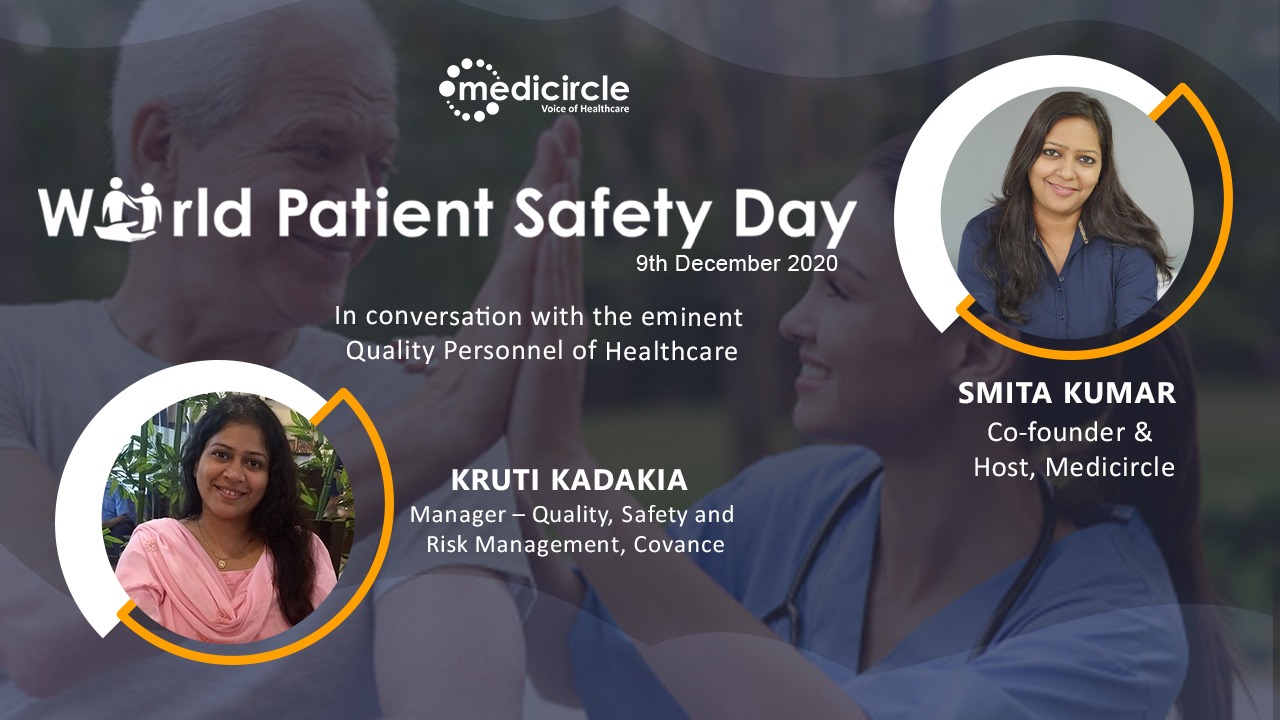
 “So a medication error due to a lack of staff, or maybe an inappropriate technique used to inject the dose to the patient, which may be a life-saving drug, we might actually lose the patient's life or even cause a potential disability,†says Kruti Kadakia, Manager – Quality, Safety and Risk Management, Covance.
“So a medication error due to a lack of staff, or maybe an inappropriate technique used to inject the dose to the patient, which may be a life-saving drug, we might actually lose the patient's life or even cause a potential disability,†says Kruti Kadakia, Manager – Quality, Safety and Risk Management, Covance.









.jpeg)

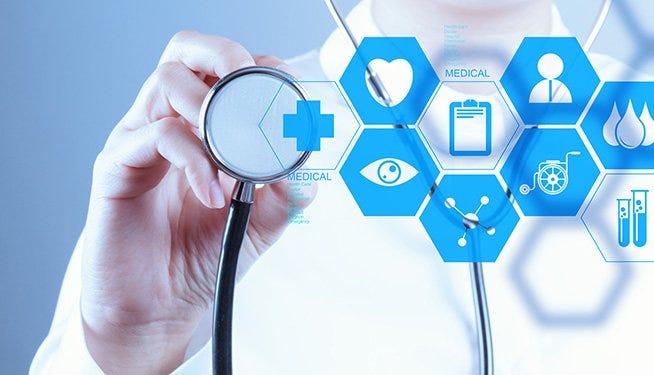
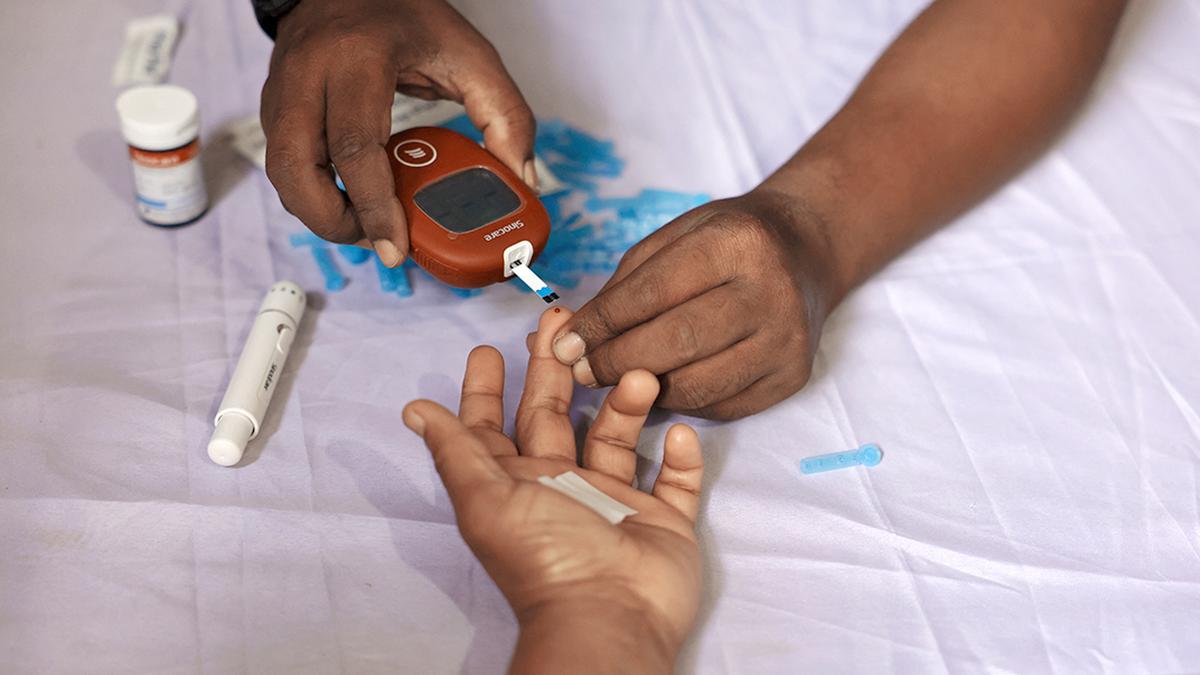

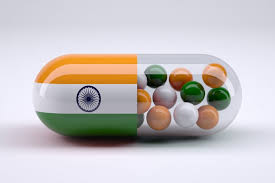

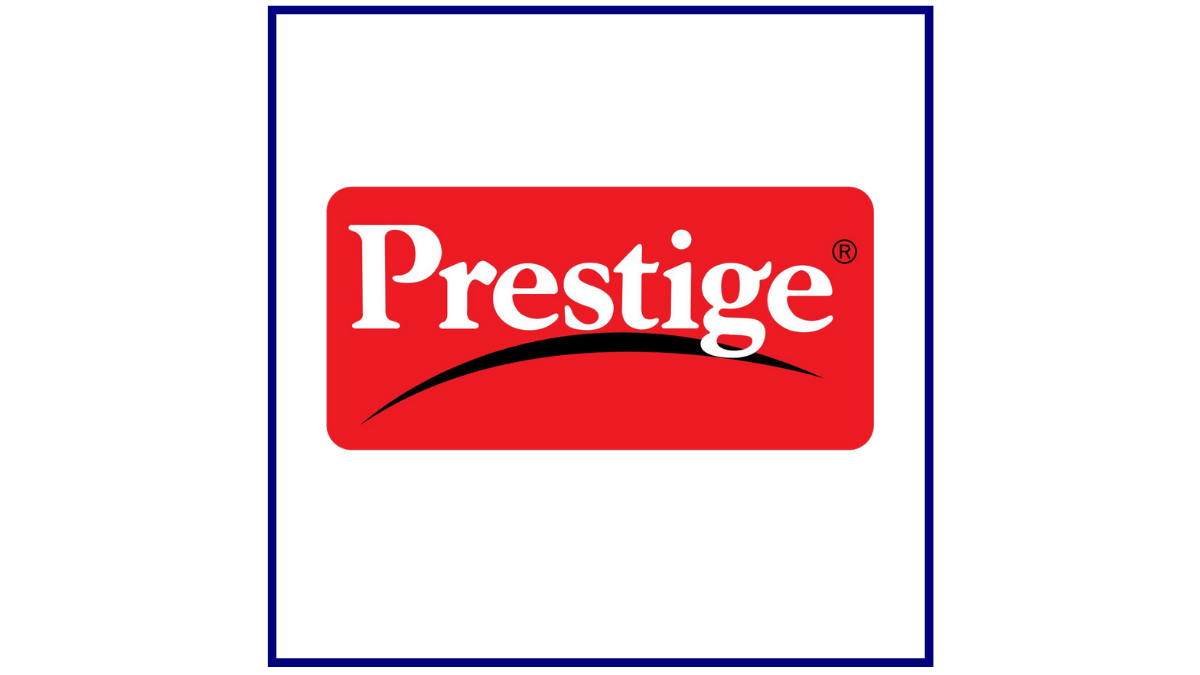

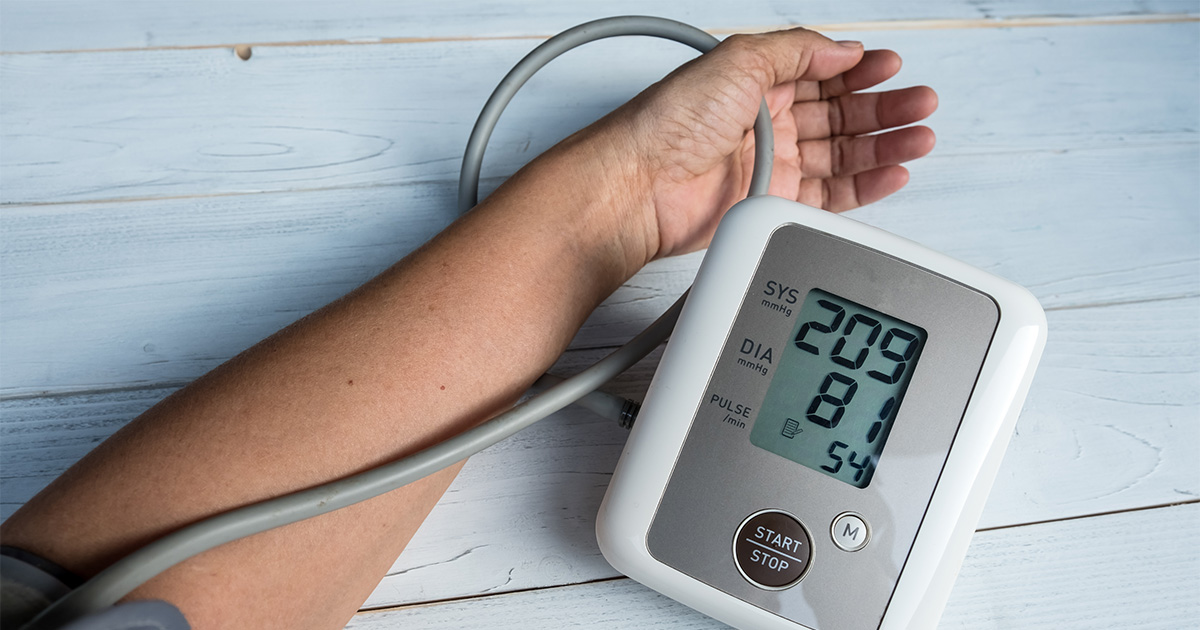
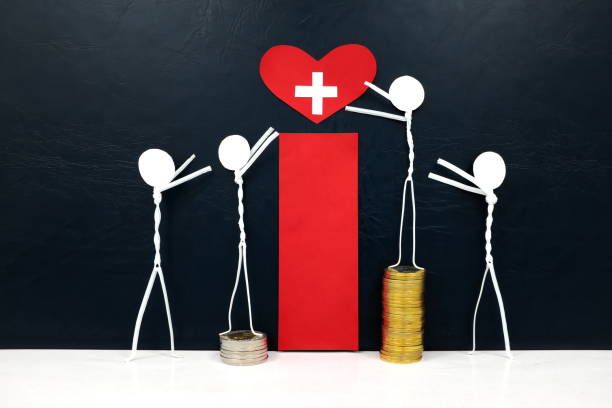

.jpg)

